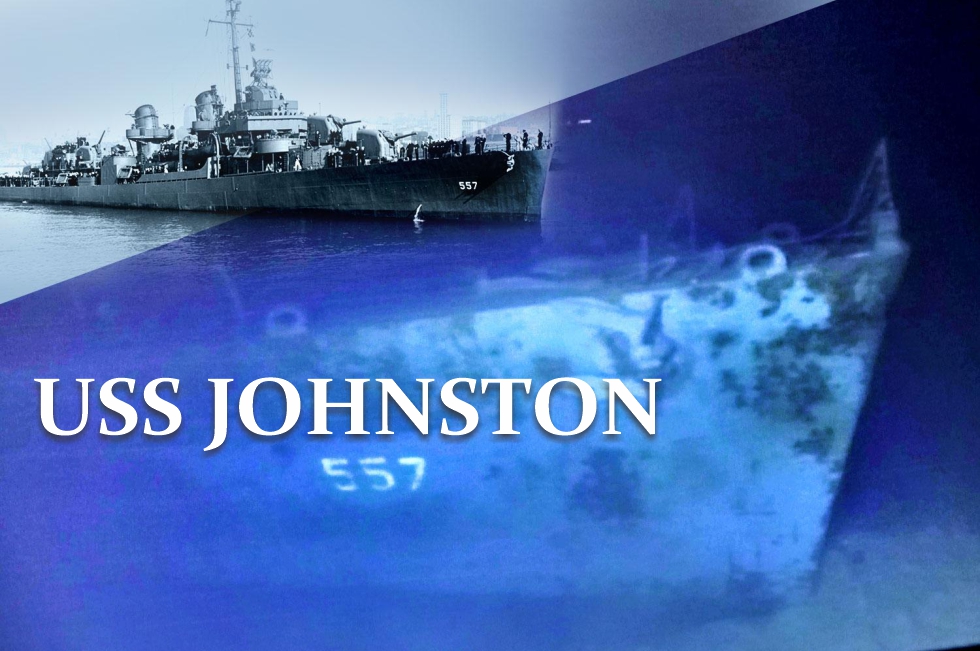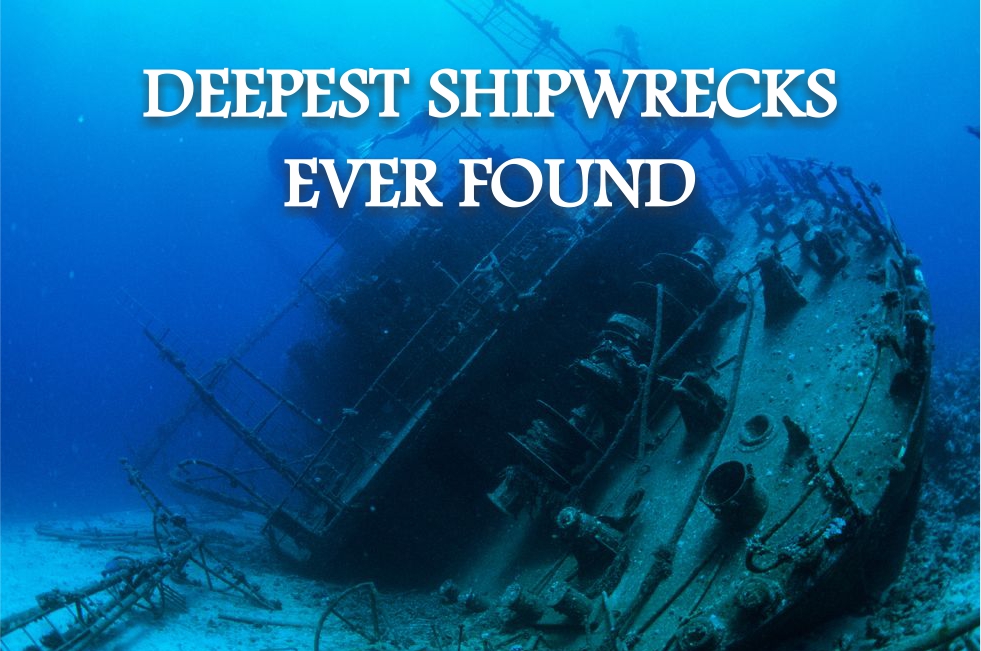The maritime sector, being one of the world’s most important businesses, is no stranger to the dangers and issues it encounters on a daily basis. This never-ending business has purchased not just a paradise full of possibilities, but also the worst risks possible. We’ve all heard of various mishaps happening in any mode of transportation that has become commonplace in today’s society. Accidents are unavoidable when a person utilizes any means of transportation. Accidents happen as a result of careless mistakes, but the consequences of such mistakes can be long-lasting and have an impact on both human and marine life. Similarly, sea accidents occur, resulting in fatalities and property loss.
In This Blog we are going to talk about, “The Deepest Shipwrecks Ever Discovered.” Every time we hear the phrase “shipwreck,” we get shivers because it’s beyond our understanding of how a ship could sink with people on board. Few shipwrecks in history have been so terrifying and horrific that they have attracted our interest. On this subject, we shall first go over the most famous shipwrecks in history.
USS Johnston

The USS Johnston is the world’s deepest shipwreck to date. During World War II, the USS Johnston (DD-557) was a destroyer of the Fletcher class built for the US Navy. The name of the vessel was given after Lieutenant John V. Johnston, a US Navy officer who served during the American Civil War.
The USS Johnston was laid down in May 1942 and she was assigned to the US Pacific Fleet. In the year 1943, she went into active action under the leadership of Lieutenant Commander Ernest E. Evans. Johnston sailed to Hawaii with a US Navy squadron headed by Rear Admiral Jesse B. Oldendorf on January 13, 1944, and landed on January 21, 1944. Following that, Johnston went to the Gilbert and Marshall Islands to join the continuing war against the Japanese Empire. She was assigned to Fire Support Group 53.5 under Oldendorf by the 29th of January. She screened for the cruisers Santa Fe, Biloxi, Indianapolis, and the battleship Maryland on the 30th of January, while they provided naval gunfire support for American forces on the Wotje Atoll. From 31 January 1944 to 3 February 1944, Johnston went to the Kwajalein Atoll and Eniwetok providing direct support to invasion troops on the ground and conducting antisubmarine patrols off Bougainville.
A strong Imperial Japanese Navy flotilla attacked Johnston, two additional Fletcher-class destroyers, and four destroyer escorts on October 25, 1944. Johnston and the other escort ships assaulted the Japanese ships in what became the Battle of Samar to defend neighboring US carriers and transport boats. The Johnston was lost after fighting multiple Japanese capital ships and a destroyer squadron, losing 187 of her 327 crew members, including Evans. After the USS Johnston sank after a battle against the world’s largest battleship, more than 75 years later, her wreck was finally located, 6km (3.7 miles) below the waves.
The wreckage of Johnston was located on October 30, 2019, however, it was not officially identified until March 20, 2021. It is the world’s deepest wreckage, at more than 20,000 feet (5,468 Fathoms) below the ocean’s surface. The remains of the USS Johnston were discovered at the bottom of the Philippine Trench on 30 October 2019 by the Petrel, a research vessel (RV) owned by Vulcan Inc. The wreckage was identified by a deck cannon, a propeller shaft, and some other debris, however, there was more debris lying lower than the RV could penetrate. The Caladan Oceanic research vessel DSV Limiting Factor, sponsored and manned by Victor Vescovo, investigated and photographed the deeper wreck on March 31, 2021, and officially identified it as Johnston. She’s the deepest wreckage yet investigated, sitting straight and perfectly preserved at a depth of 21,180 feet (6,460 meters).
To be continued…






